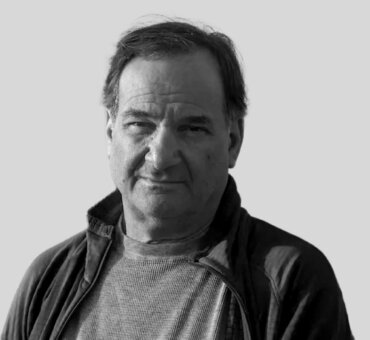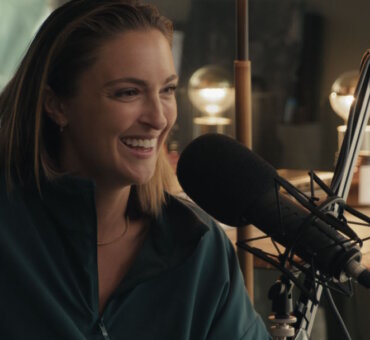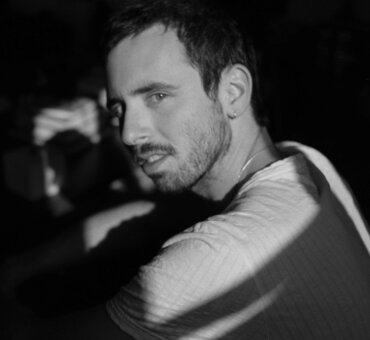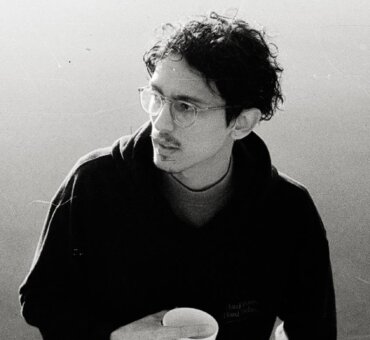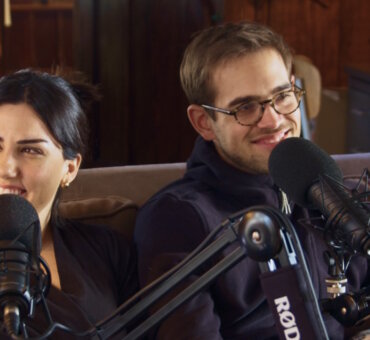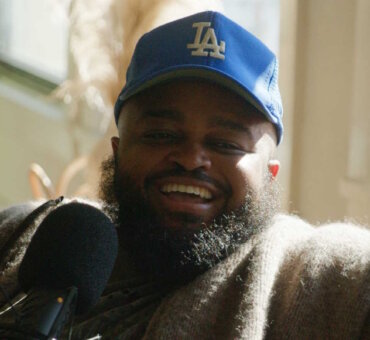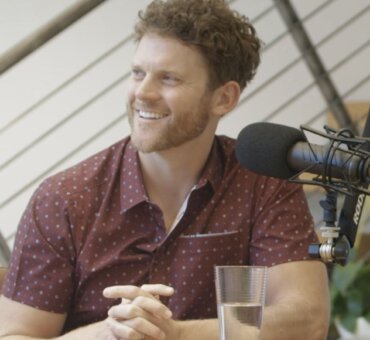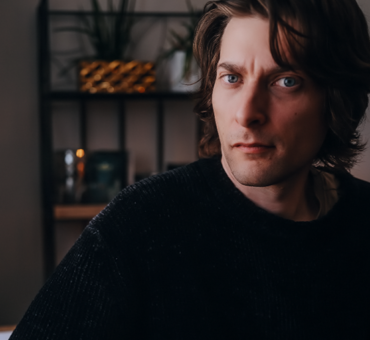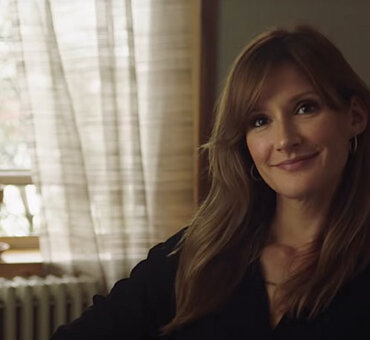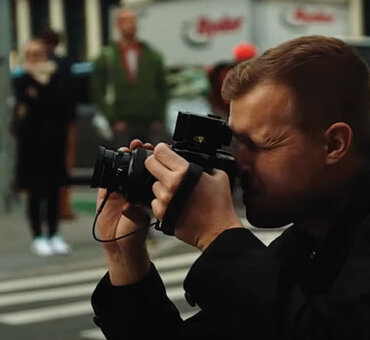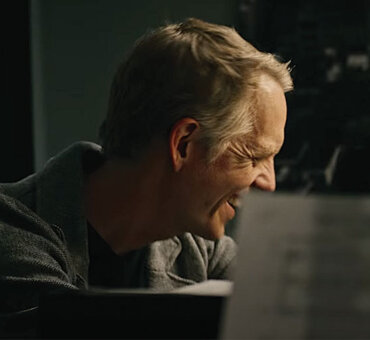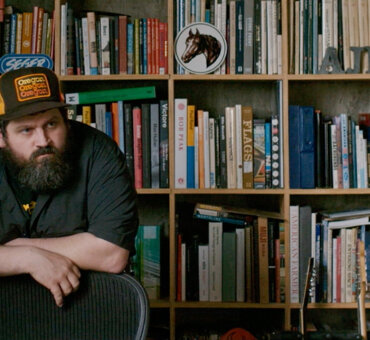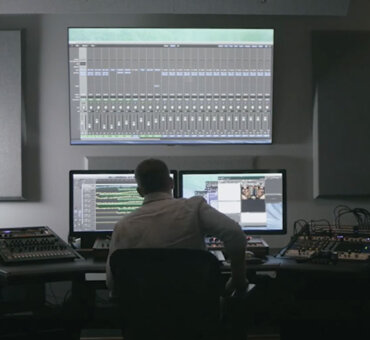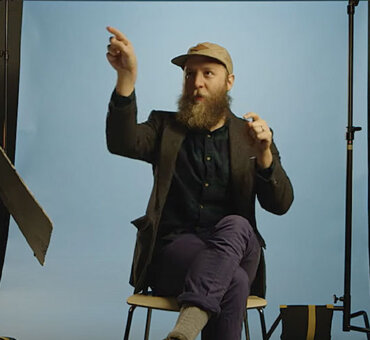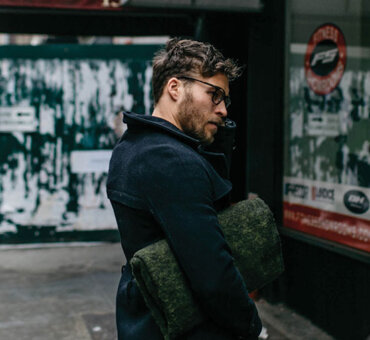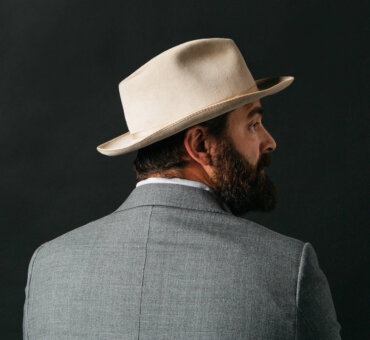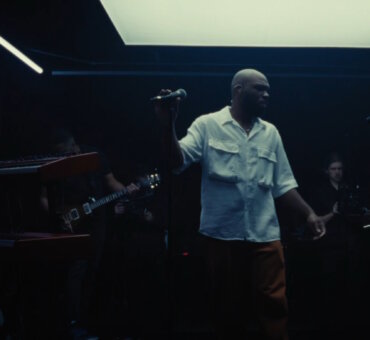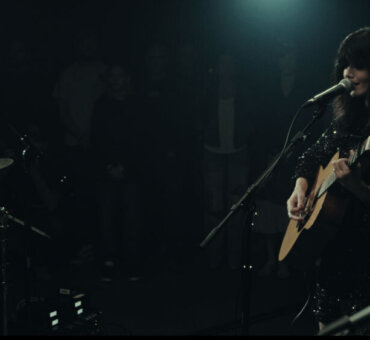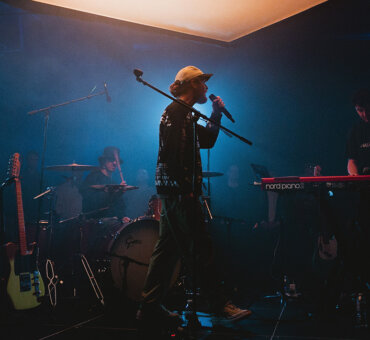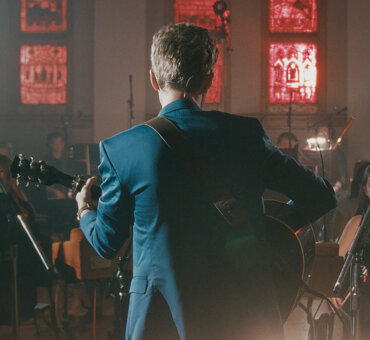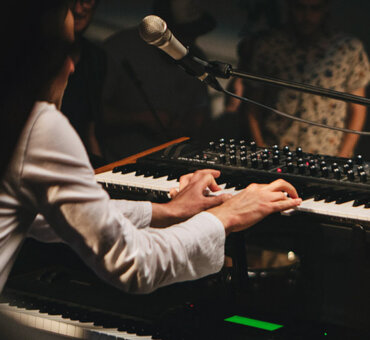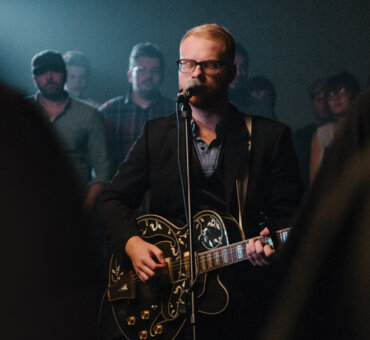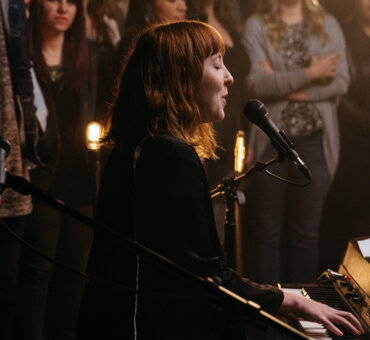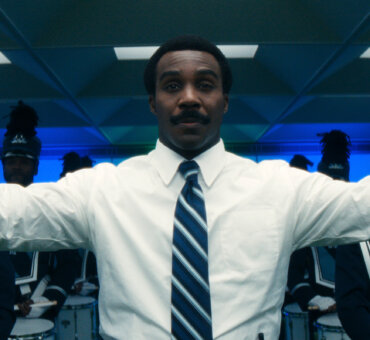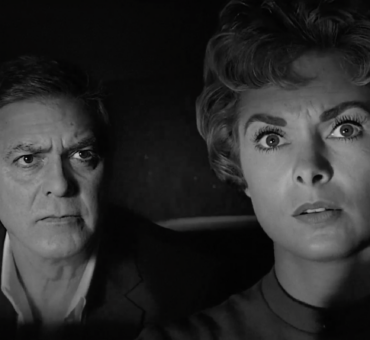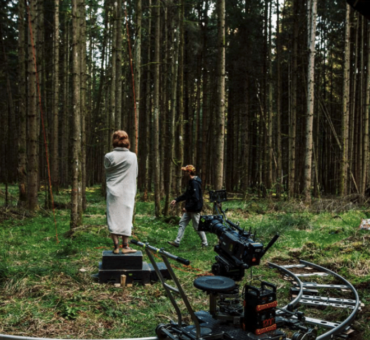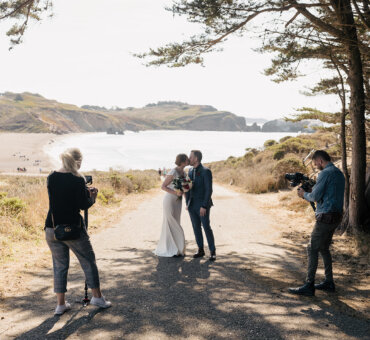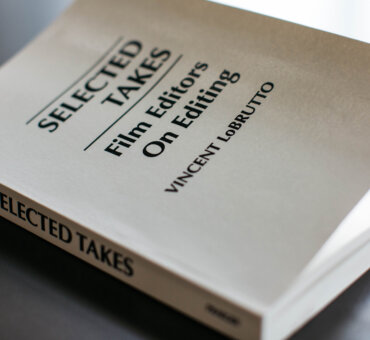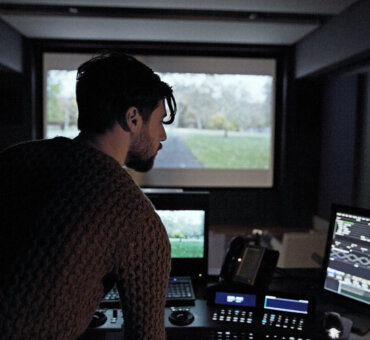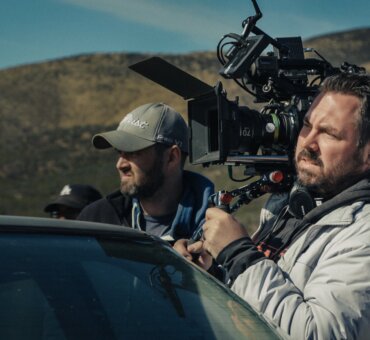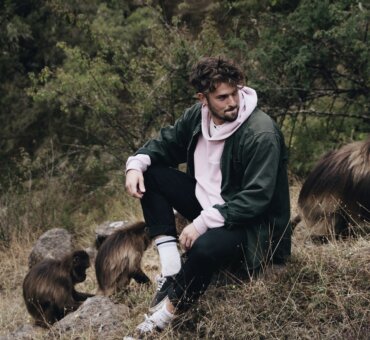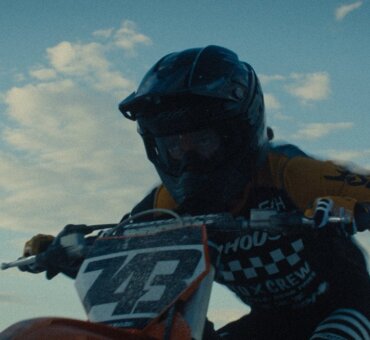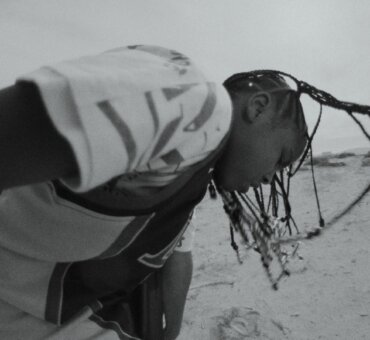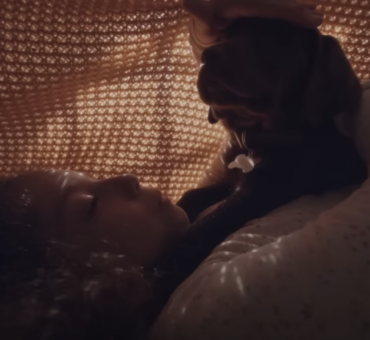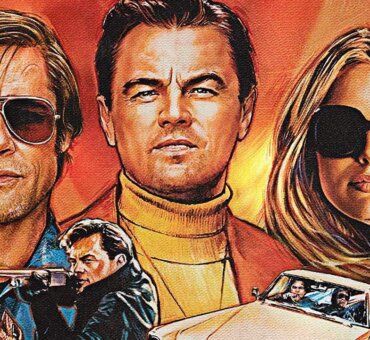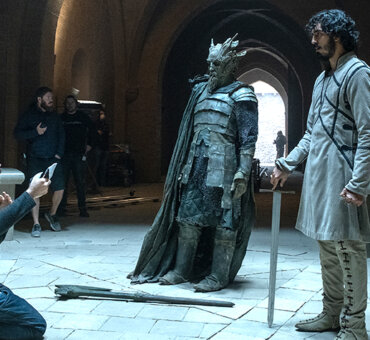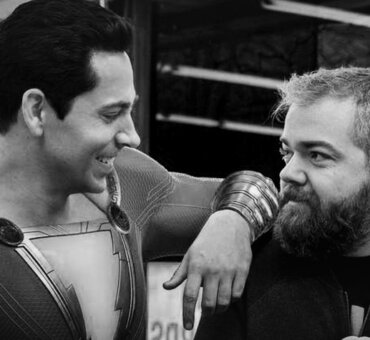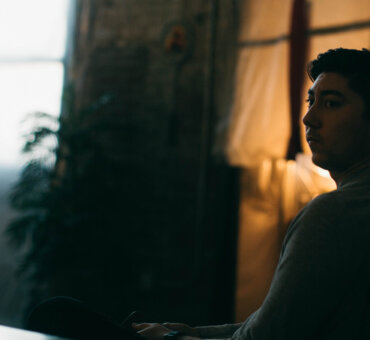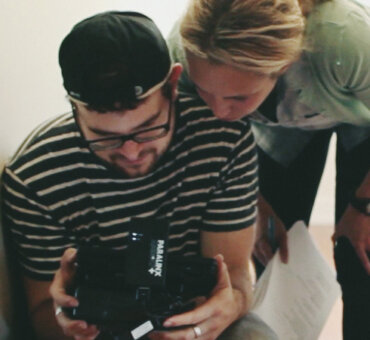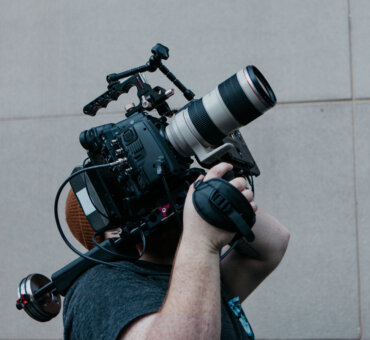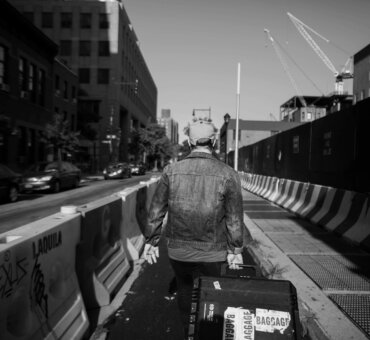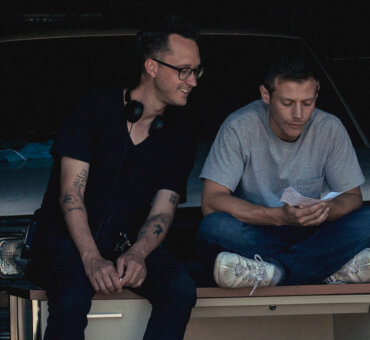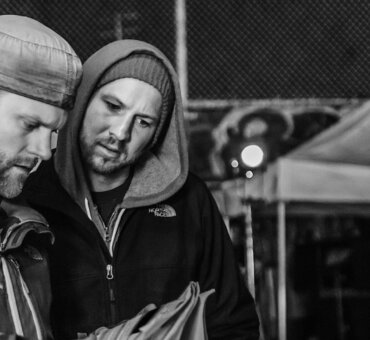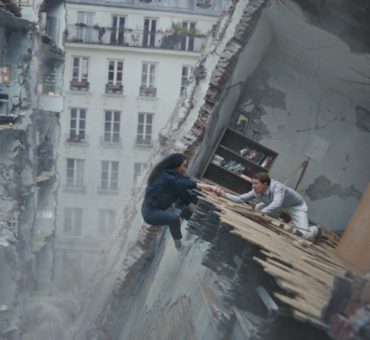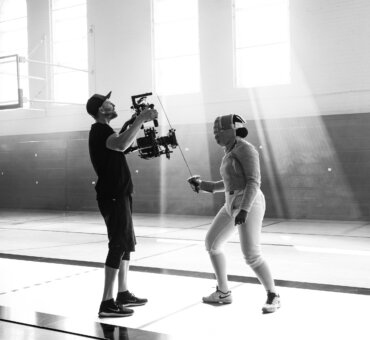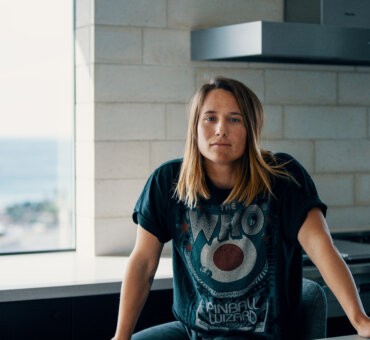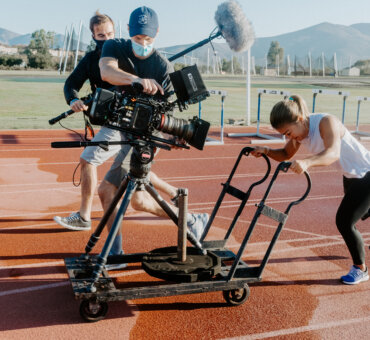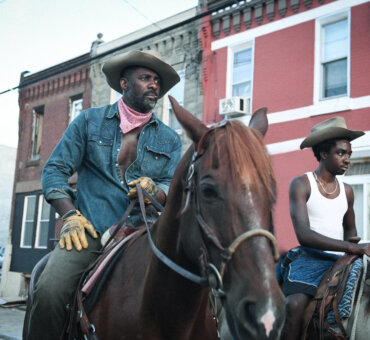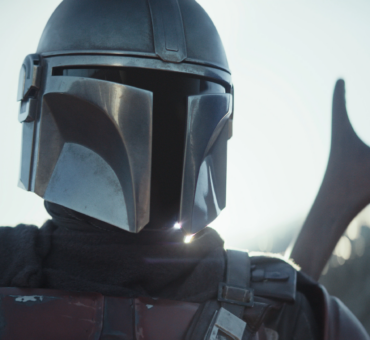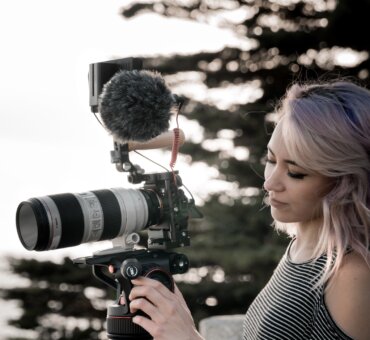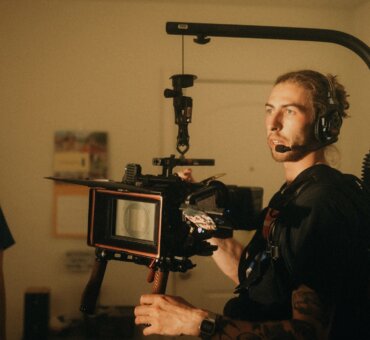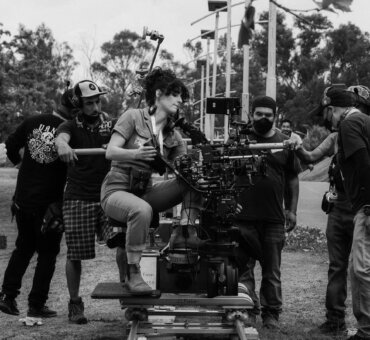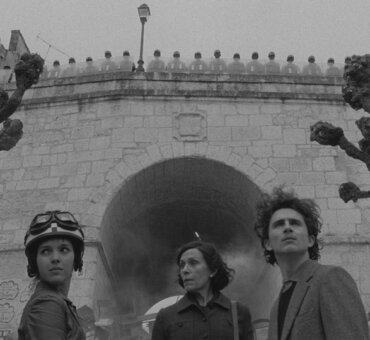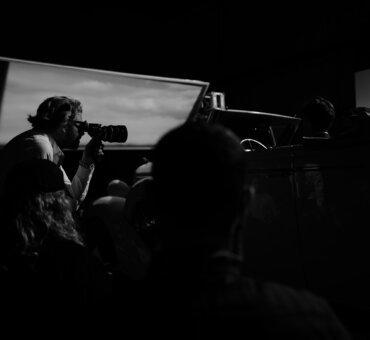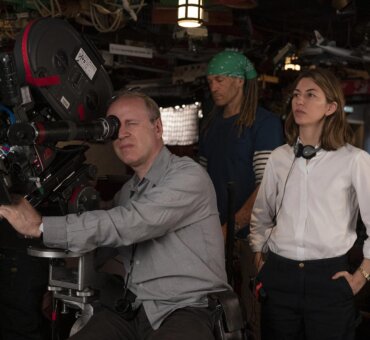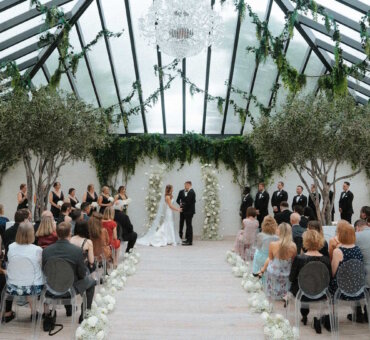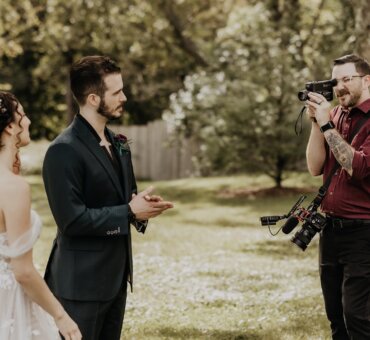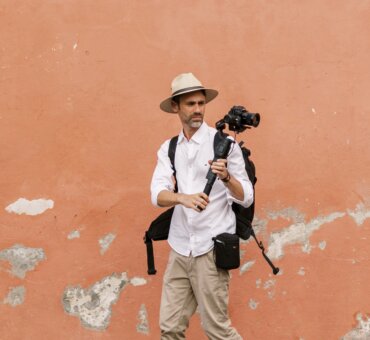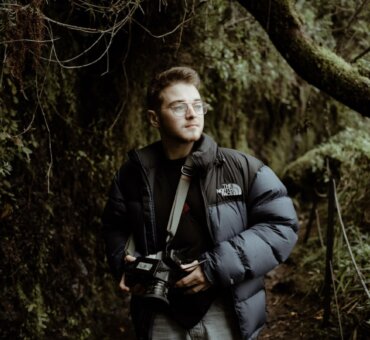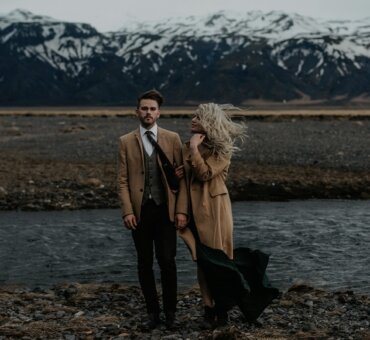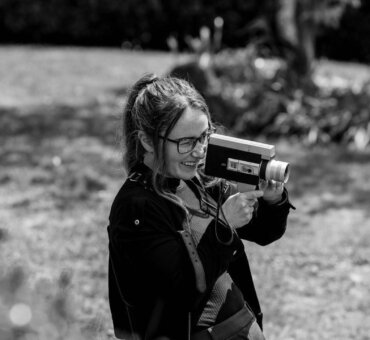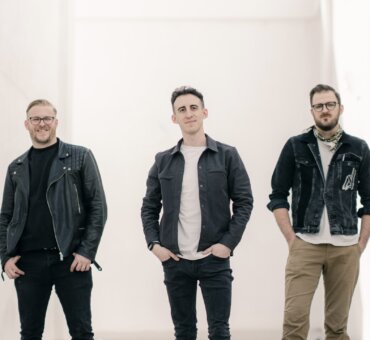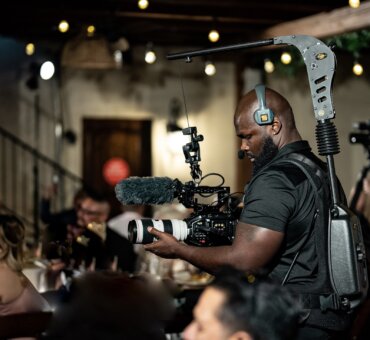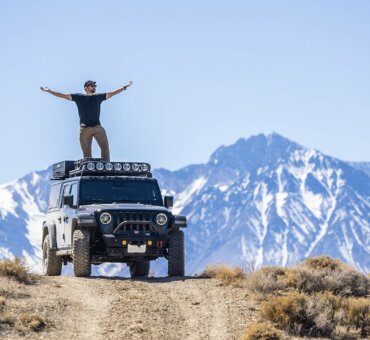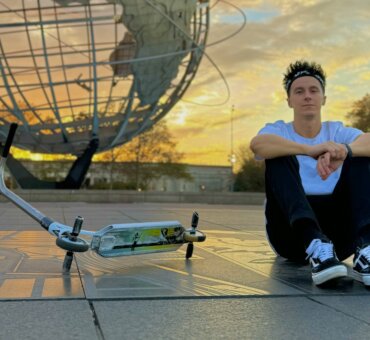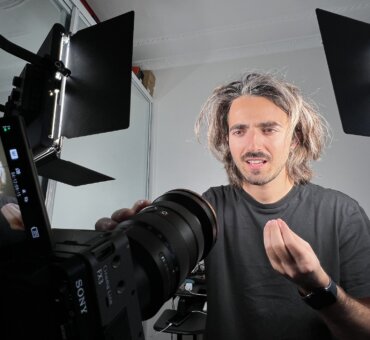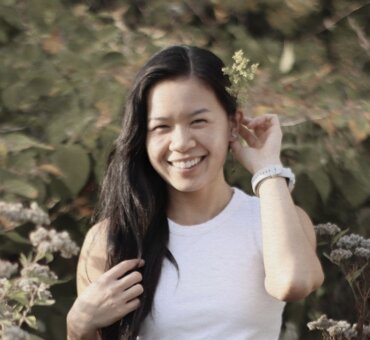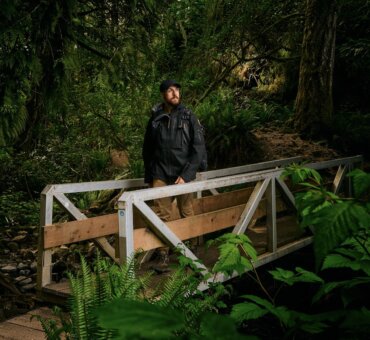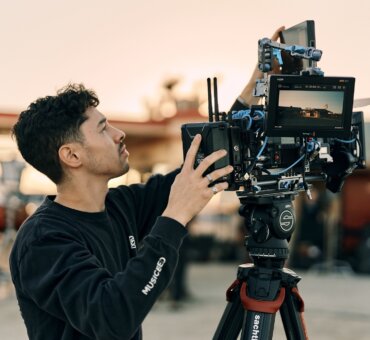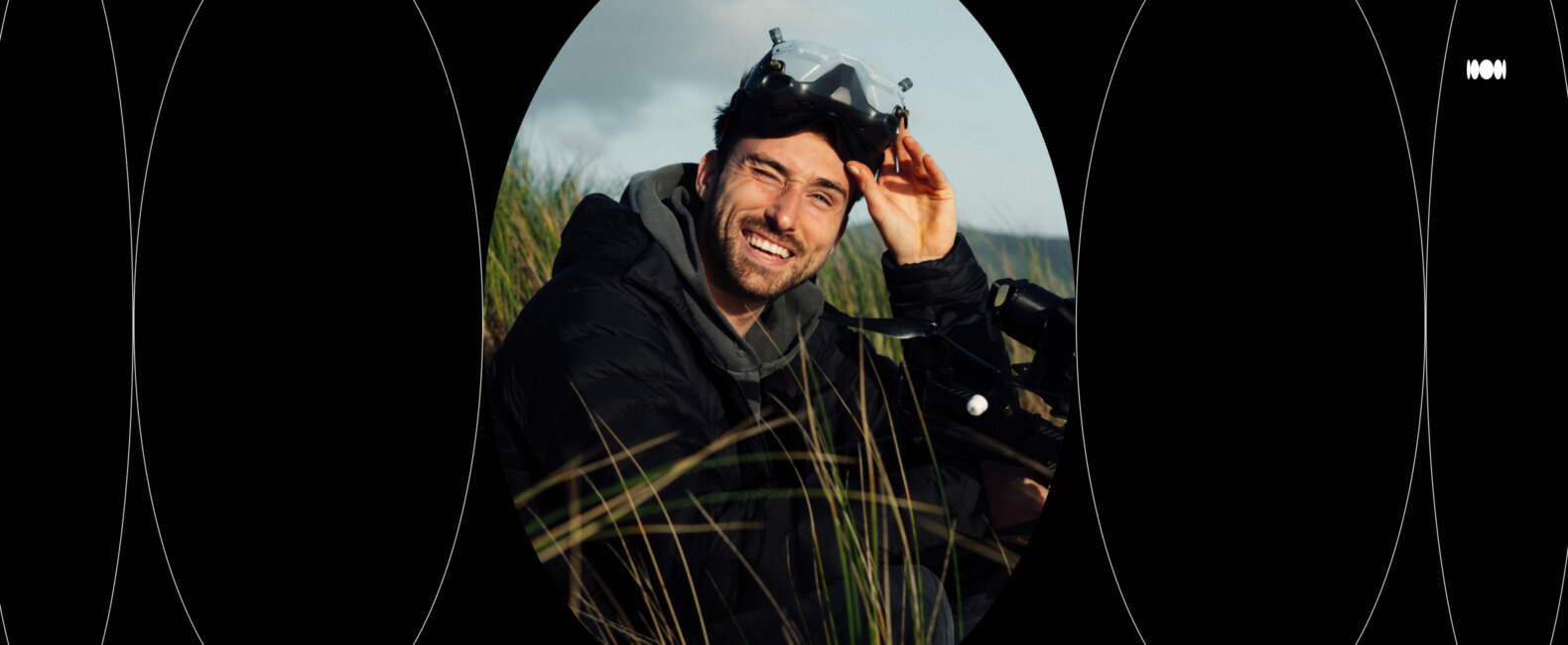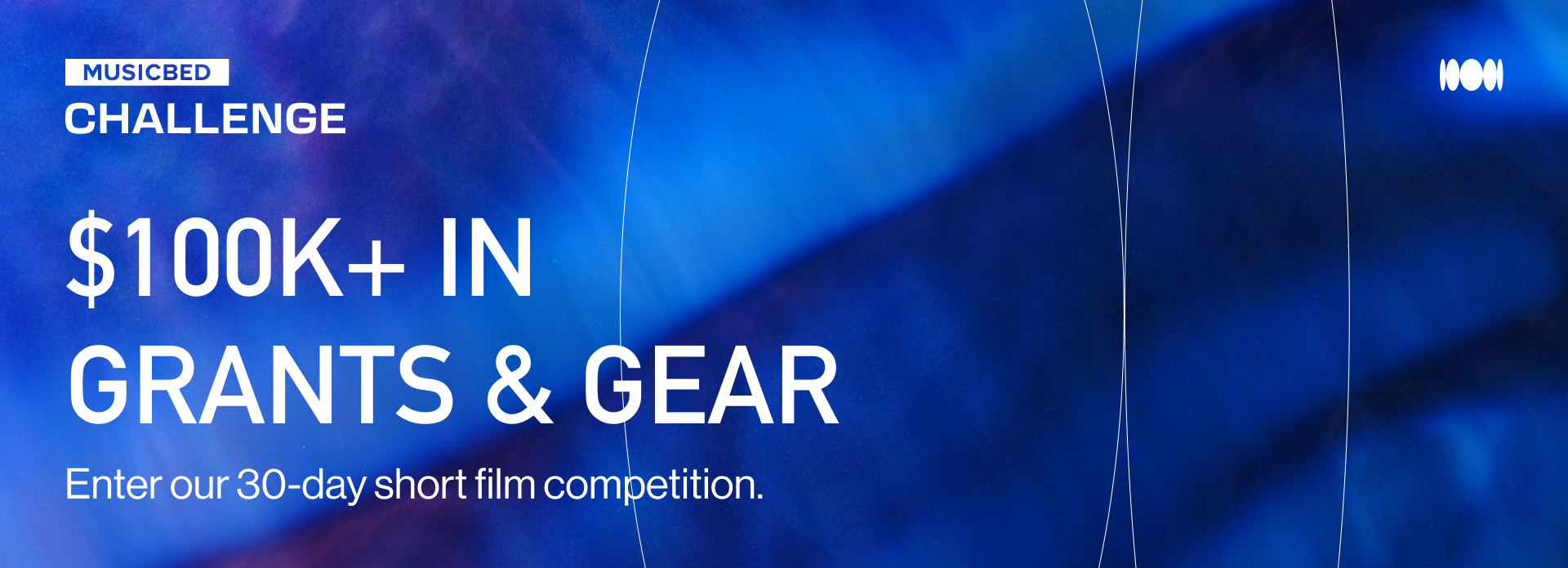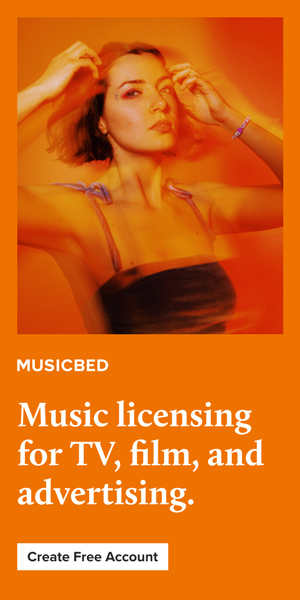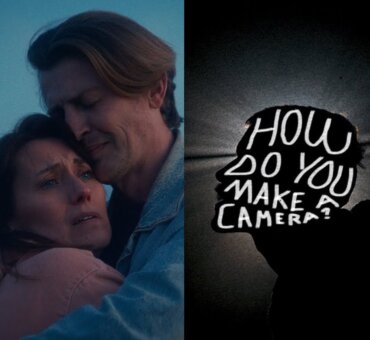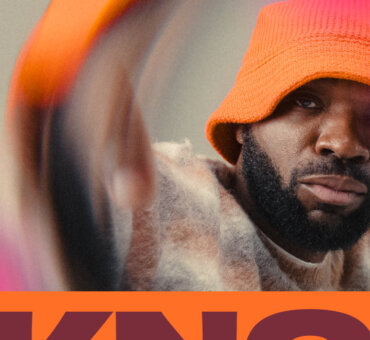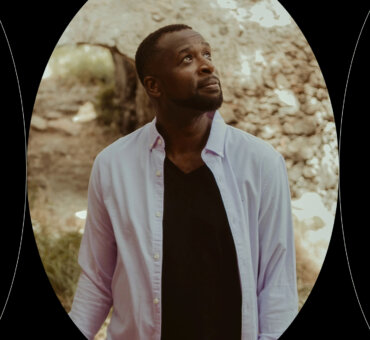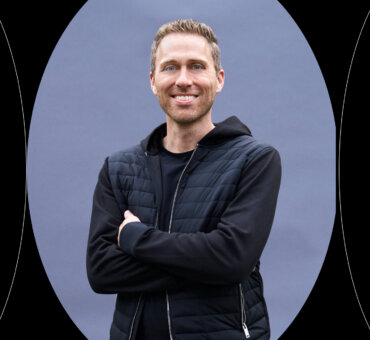From a childhood experiment with a point-and-shoot camera to becoming a globally recognized creator, the filmmaking journey of Sam Kolder is a testament to the power of passion, creativity, and relentless curiosity.
Known for his cinematic visuals, seamless transitions, and emotionally resonant storytelling, Sam has carved out a unique space in the world of filmmaking. His work, which blends travel, lifestyle, and deeply personal narratives, has inspired millions and redefined what it means to tell a story through film.
In this candid interview, Sam shares insights into his creative process, including how he selects music to elevate his storytelling and the techniques he uses to keep audiences engaged.
MUSICBED: What sparked your interest in filmmaking?
Sam Kolder: It all started when I was about 10 or 11 years old at camp.
My brother had a little point-and-shoot camera, and we learned how to cut up footage within the camera itself.
We experimented and managed to pull off this effect where I would walk behind one tree, then another, but we cut out the segment in the middle—making it look like I teleported between them.
I saw the magic in filmmaking, and I was hooked.
From that point on, I had this fire in me to learn everything I could about it.

“I saw the magic in filmmaking, and I was hooked. From that point on, I had this fire in me to learn everything I could about it.”
Sam Kolder
RELATED READS: Why Sam Kolder Decided to Forge His Own Path Into Filmmaking
What have been some pivotal moments or projects that shaped your career?
Sam Kolder: One of the biggest pivotal moments in my career was when the Chainsmokers’ manager reached out to me and asked if I wanted to go on tour with them.
I had been listening to the Chainsmokers on SoundCloud for years, so it was pretty surreal when their manager expressed interest in working with me.
I said yes and spent about a year working with them on and off.
That experience opened my eyes to how filmmaking could be more than just a passion—it could be a way to see the world, meet interesting people, and make a living doing what I love.
A pivotal project for me was Hey Tim.
It’s a deeply personal video about my life and the moment my brother passed away—a huge turning point for me.
That experience made me commit to living a life of purpose, chasing the things that bring me life instead of following a more traditional path.
Whenever I meet filmmakers, creators, or travelers from around the world, Hey Tim is one of the first things they bring up.
It really positively impacted a lot of people.
RELATED READS: Sam Kolder’s Journey From Creative Burnout to Breakthrough
Was there a particular film or piece of content you created that helped propel your career to where it is now?
Sam Kolder: One of the biggest videos that helped propel my career was My Year 2016.
It was essentially a montage of everything I did that year: the places I traveled, the experiences I had, and the things I filmed.
I think it’s actually the most viewed video on my YouTube channel to this day.
Looking back, I feel like it was ahead of its time in terms of editing and lifestyle content.
At that point, there weren’t many travel films out there with that kind of energy and unique editing style.
That video helped open a lot of doors for me and really got my name out there.
Who has been a major influence or mentor in your career, and how have they impacted your approach to work?

Sam Kolder: When I was first getting into filmmaking, I spent a lot of time on YouTube watching other creators, and one of the biggest influences on me was Devinsupertramp.
He was kind of a pioneer in DSLR filmmaking, especially when it came to using Steadicam rigs. I remember watching his work and feeling inspired to capture the world in a way that felt as smooth and cinematic as he did.
I’ve also always loved Wes Anderson, particularly The Grand Budapest Hotel.
There was something about that film that really stuck with me—the style, the attention to detail, the set design.
While my work doesn’t necessarily resemble his, I’ve always been inspired by his work ethic and dedication to making every shot intentional.
That level of precision and thoughtfulness is something I’ve tried to apply to my own work.
RELATED READS: How to Tell a Story with Music: A Look At Wes Anderson’s Famous Scores
What are some of the techniques you use to make storytelling more engaging and emotionally impactful?
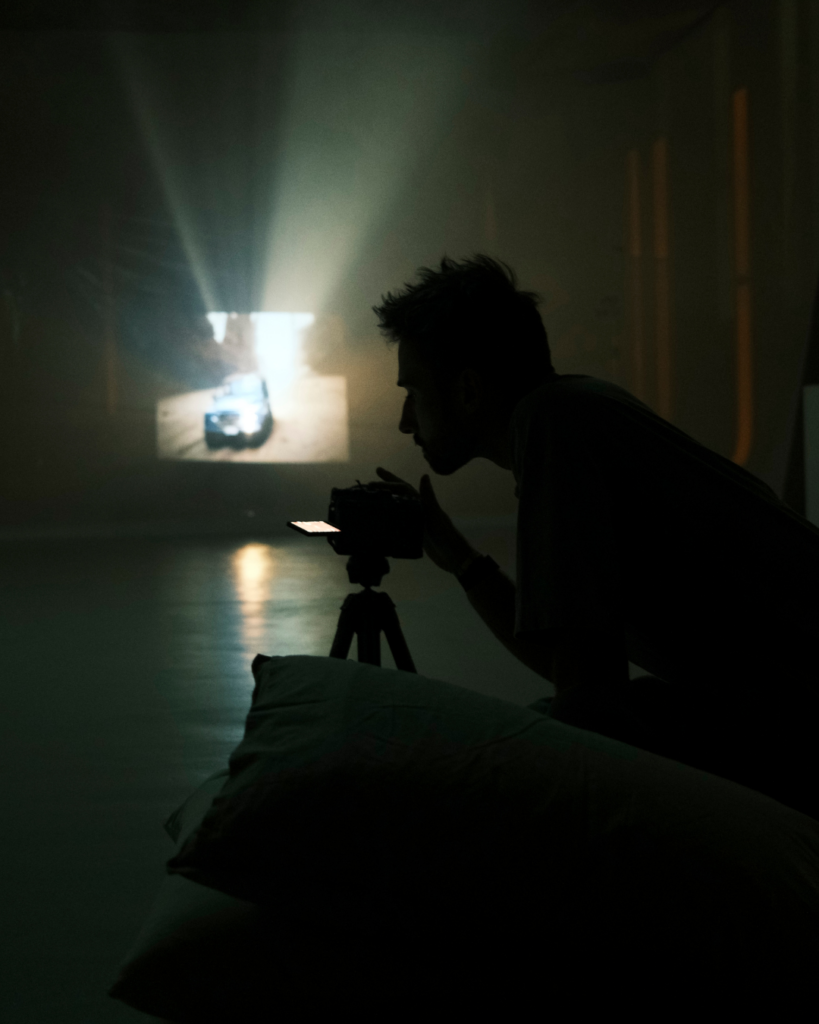
Sam Kolder: One of the things I’m known for is my use of creative transitions combined with cinematic visuals.
That combination keeps viewers engaged and immersed in the story. What has separated a lot of my work from others is the attention I put into transitions specifically.
Some of my best projects have involved me spending countless hours perfecting transitions that only last a few seconds.
It’s not about chasing views—it’s about pushing myself creatively and bridging different shots together in seamless ways that make the storytelling more fluid and engaging.
RELATED READS: Roberto Ricotta on YouTube, Music, and the Art of Authentic Storytelling
Talk to us about your process for selecting the right music for your projects. Where do you start, and how do you make the final decision?
Sam Kolder: My process for selecting music has always been proactive.
Whether I’m on Spotify or Musicbed, I like to listen to music in my free time—even when I’m not working on a project—and create playlists for certain moods or themes.
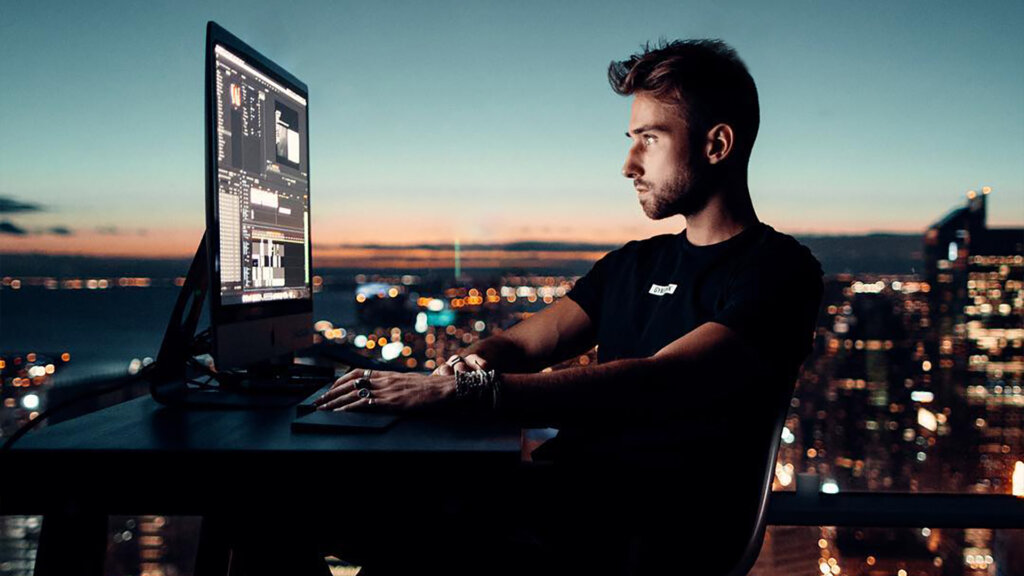
Whenever I come across a song I connect with, I’ll add it to one of my playlists.
That way, when I’m working on a new project, instead of searching endlessly for the right song, I already have a curated selection of songs that I know I’ve resonated with in the past.
Recently, I’ve been dabbling in making my own music, which has been a really fun creative expansion for me.
I wouldn’t say I’m great at it, but I’m enjoying the process.
I’m also currently creating a song for my next video with Musicbed artist Daniel Deuschle, and I’m really excited to be collaborating with a professional musician on a song specifically for my work.
What’s something you’ve seen lately where the music really elevated the storytelling?
Sam Kolder: One of my favorite series of all time is Euphoria, and the soundtrack—created mostly by Labrinth—left a huge impact on me.
His music has this raw, unpolished feel that I love.
There’s a lot of choir and human vocals, and something about that really adds emotional weight to the series.
It feels real and raw, and I think it was the perfect complement to the show’s intensity.
RELATED READS: The Art and Science of Music Selection With Joanna Batemits
What is it about Musicbed that stands out to you? Why would you recommend Musicbed as a resource for editors and filmmakers?
Sam Kolder: There are a lot of music licensing platforms out there, and I’ve tried many of them, but Musicbed is the one I’ve been using the longest.

I’ve always had the most success finding music that aligns with the vision I have for my videos.
I consistently find tracks that inspire and excite me on the platform, and there are artists I keep going back to that exclusively upload their music to Musicbed.
When judging Musicbed Challenge submissions, what’s the one thing that sets great edits apart from the rest?

Sam Kolder: The biggest thing I look for is engagement:
Does the edit hold my attention? Is the creator using techniques that make me want to keep watching?
That doesn’t necessarily mean it needs to be fast-paced, but the storytelling should be intentional.
There shouldn’t be unnecessary parts that lose my interest.
The second key factor is emotion:
How does the film make me feel? Has the creator effectively conveyed the emotions they intended to? Are they drawing the audience into the experience?
Beyond that, I’ll also look at things like filmmaking quality, sound design, and color grading, but the most important aspects are storytelling and emotional impact. If a piece can maintain my attention while making me feel something, that’s what really sets it apart.
RELATED READS: The Winners of Musicbed Challenge 2024
This was written as a part of Musicbed Challenge 2025. Want to learn more?
